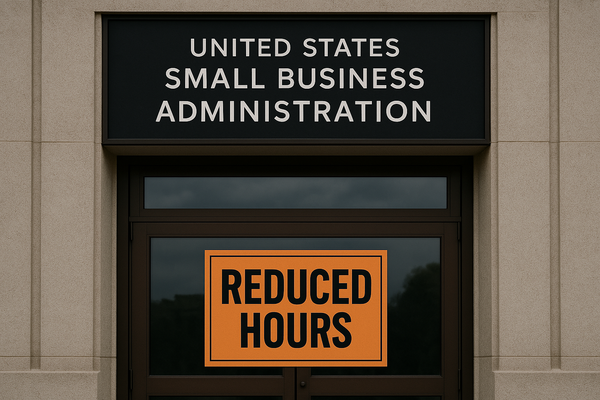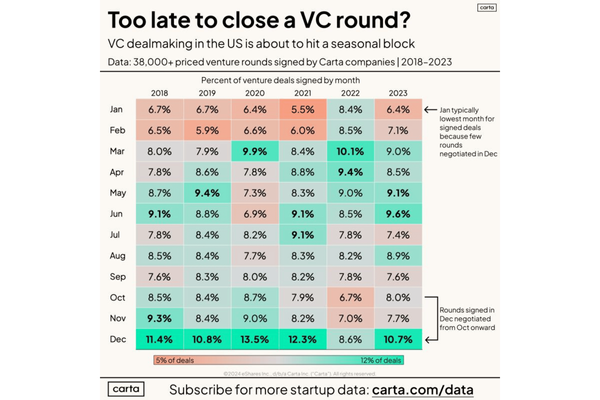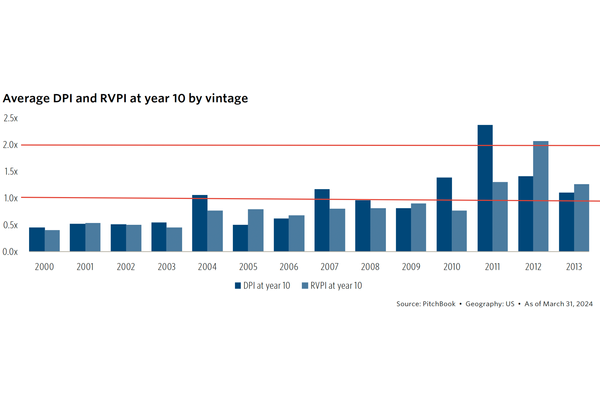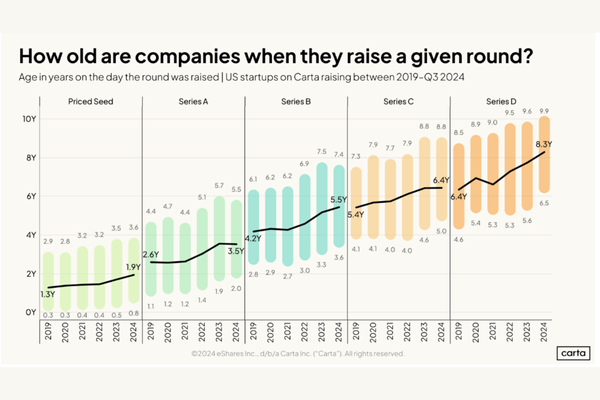Top-Down or Bottom-Up Planning
Whether your company needs to build a new sales plan or develop next year's budget, the question of top-down planning versus bottom-up is an important one.
Spoiler alert. The answer is that you need to do both.
Whenever I have led a process to develop a plan that impacts a department, or the entire company, I always start with a small group that can build a top-down model. This isn't just a pure spreadsheet exercise. I'm using this effort to develop my own point of view as to what I think the result should be, and I'm backing that up with as much data and past experience as I can.
I'm also connecting what I need from this plan to what the company overall needs in order for us to hit key milestones, such as growth, reduced cash burn, or product-market fit.
And right there is the risk to top-down planning.
One of the crucial failings with pure top-down planning is grounded in the desire to build the plan to support broader organizational goals. At some point, you realize that you need the plan to perform at a certain level so that you can deliver on milestones that are critical to the success of the company.
No matter how much you think you've grounded that plan in data and experience, there is a big risk that the other needs of the company have pulled that plan beyond the realm of the possible.
So while it's important to come into a planning process with a point of view as to what you need to drive the overall company forward, it's crucial that you allow a bottom-up process to build so that you end up with something that is truly achievable by your team.
Because on paper, you can 'need' or 'want' any number of different outcomes from a team.
Your business can need 75% revenue growth next year because that's what you promised your board. Or because that growth supports all of the other initiatives your company wants to do.
Your business can need to get to cash flow positive next year because you know you can't successfully raise another round right now.
But if your team can't deliver those results, you have to find that out in the planning process. There are many reasons why your team might not be able to get to your numbers. Perhaps your view of the market opportunity is overly optimistic. Perhaps your sales cycle is much longer than you thought it was, or the lack of brand awareness is hurting your team's ability to build a robust sales pipeline. Maybe your team isn't good enough.
In the end, it doesn't matter why. If your team can't deliver the numbers you think you need, you have to find that out in the planning process. You have to connect their bottom-up build to your top-down thinking.
And to the extent there is an insurmountable gap between the two plans, you need to adjust the rest of your business plan to the realities of what you think you can deliver.
The only thing you can't do is to force the top-down plan through the organization. You run two huge risks, one of which can kill your company.
First, you risk having your team quit on the plan before it even starts. If they don't believe in the final plan, they'll view it as hopeless right out of the gate, crushing motivation. This is particularly true when compensation is tied to the plan, such as with a sales plan.
Second, when you drive a top-down plan through an organization that is widely different from the bottom-up planning, you're likely now executing a plan that is built on hope. And hope is not a strategy. You need a lot of things to go your way over the course of the year for this plan to come true. If you've ever been in a startup, you know that just not how things go.
When you start falling short of your plan as the year progresses, it gets harder and harder to adjust to that reality. Meanwhile, your team feels like it's losing because of missed goals, cash burn is accelerating, and those key milestones get further and further away. If you don't have sufficient cash cushion, your company might not survive long enough to adjust to a more achievable plan.
Top-down. Bottom-up. When you're planning, do both. And work with your team to connect them before you push the button and start executing.




